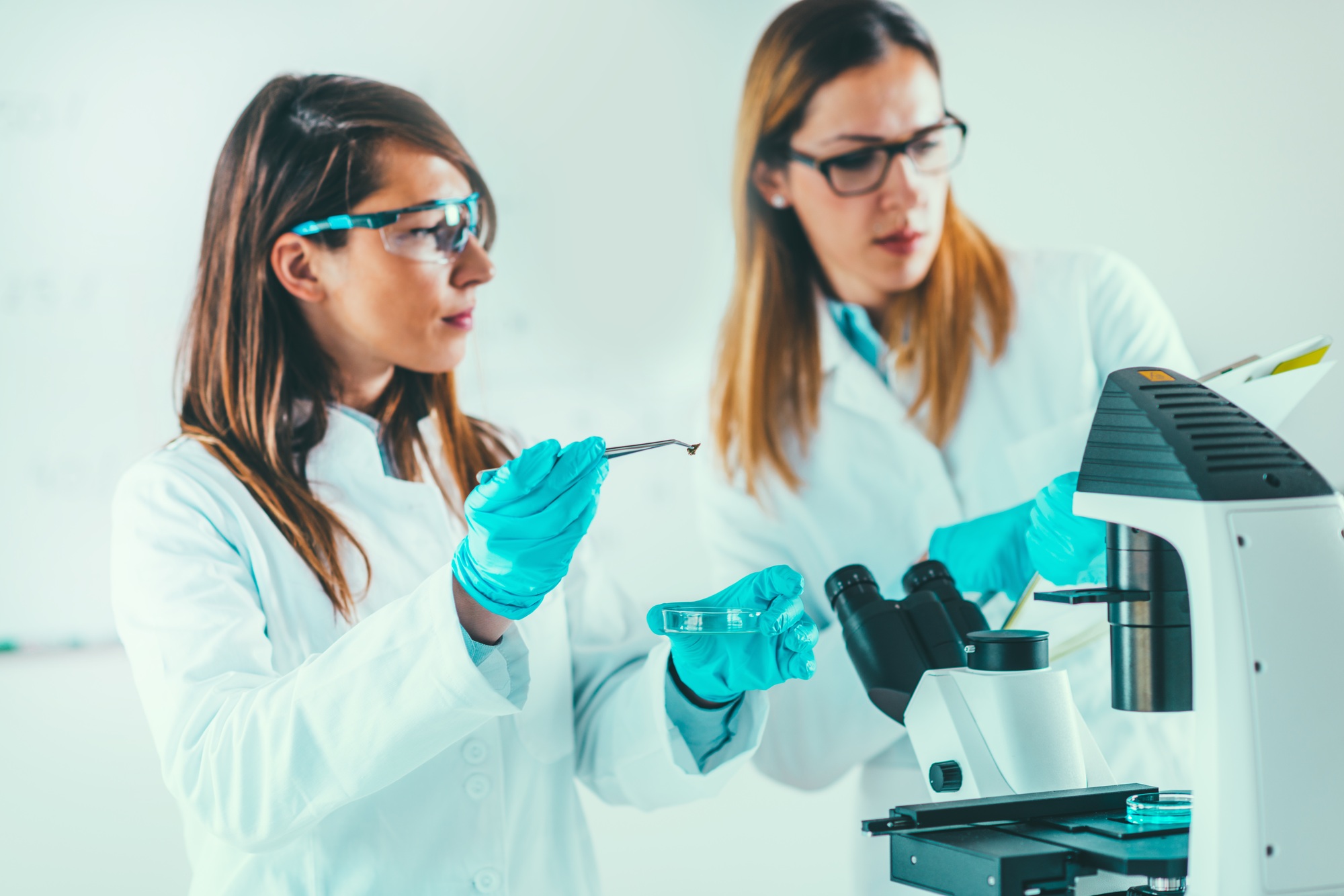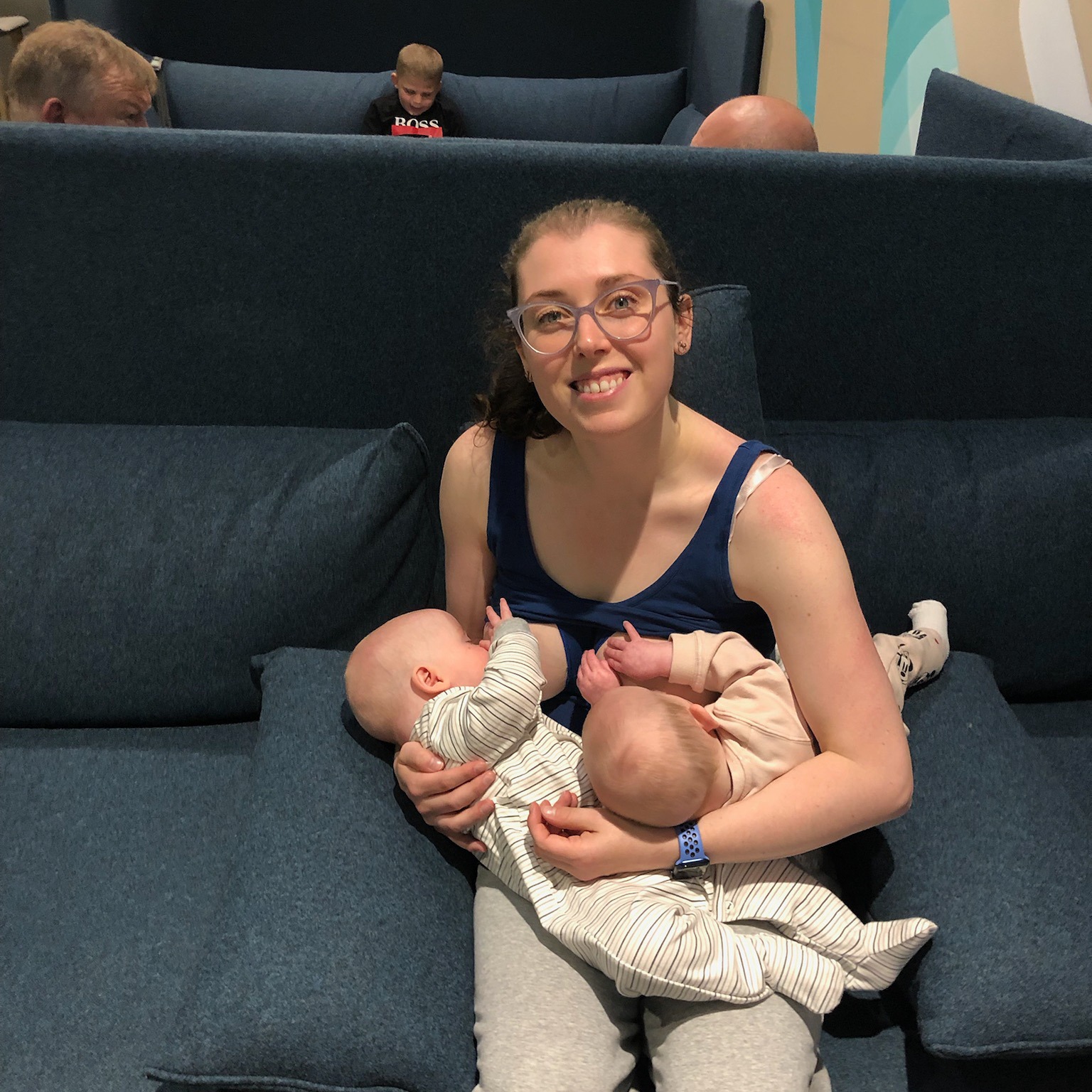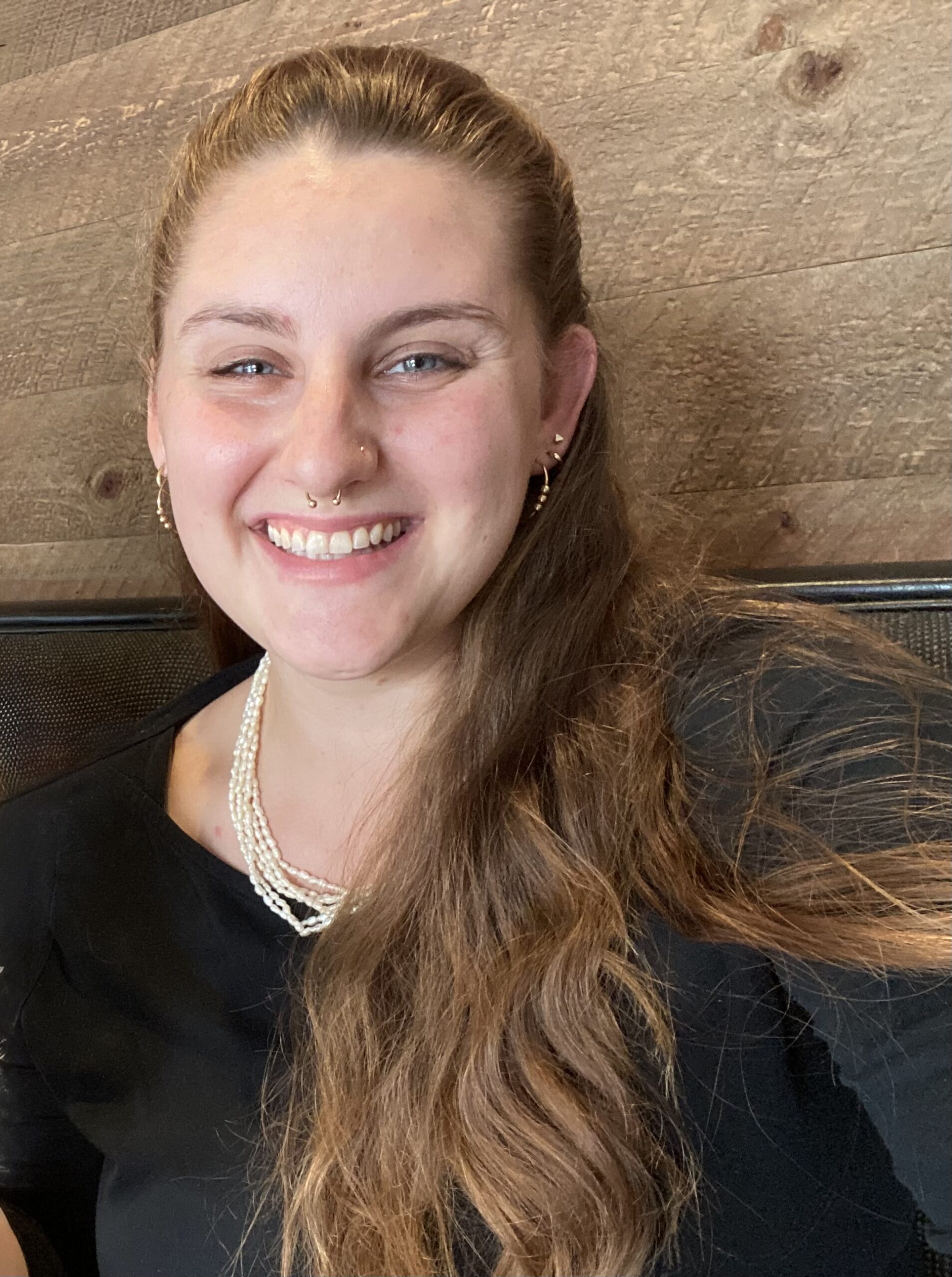In 2025, scientists at ETH Zurich achieved a groundbreaking milestone: they 3D-printed miniature replicas of lactating breast tissue using real cells found in human milk. This lab-grown model mimics how milk is produced in the body and could transform the way we study breastfeeding, lactation, and women’s health.
While the first silicone breast implant in 1962 sparked interest in the breast’s form and structure, this new research shifts the spotlight to its function: how breast tissue produces and adapts milk to meet a baby’s individual and changing nutritional needs.
A Brief History of Breast Milk Research
For many years, breastfeeding science has mainly focused on babies, their growth, health, and development. The breast and the complex biology behind milk production have received far less attention.
One reason is that studying breast tissue in detail is difficult and often invasive. Ethical concerns also limit research involving breastfeeding mothers. Historically, women’s health, particularly related to lactation, has been underfunded and underexplored. This new 3D printing model represents a significant leap forward by offering a safe and ethical way to study breast tissue without these challenges.
Historically, women’s health, particularly related to lactation, has been underfunded and underexplored.
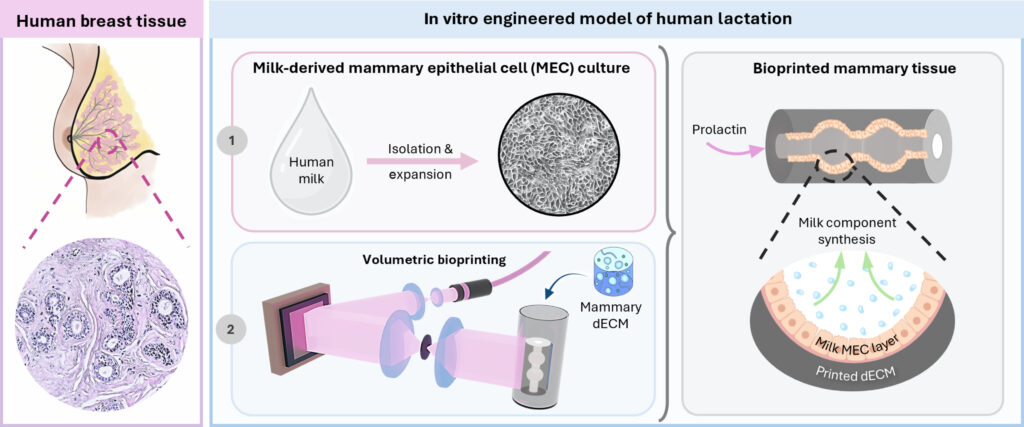
Left: In human breast tissue, alveoli are the milk-producing units during lactation. Right: (1) Milk-derived MECs and (2) volumetrically printed (VP) dECM are leveraged to create secretory in vitro models. Expanded milk MECs are postseeded in the printed mammary tissue structures where they synthesize milk.
A Closer Look at the Study
The research, led by Professor Marcy Zenobi-Wong, used a high-tech method called volumetric bioprinting to create detailed 3D models of milk-producing breast structures, such as ducts and alveoli. Unlike traditional 3D printing, which builds objects layer by layer, volumetric bioprinting uses light to rapidly shape a living tissue scaffold in seconds. This allows for the creation of complex, hollow structures similar to those found in actual breast tissue.
What makes this study truly unique is the source of the cells. Instead of invasive biopsies or animal testing, researchers used lactocytes, the specialised cells responsible for producing milk, which are naturally found in human breast milk itself. By isolating these cells from milk, the team avoided invasive procedures and respected the well-being of breastfeeding mums.
The cells successfully attached to the printed scaffold, grew well, and began forming tissue that could produce key milk components, such as milk proteins and fats. While it didn’t produce full breast milk, the model was able to create some of the early building blocks of milk, suggesting it could replicate parts of the lactation process.
What Was Produced?
The lab-grown tissue was able to produce important milk components like beta-casein, a major milk protein, and milk fat globules, both essential for nourishing babies. These elements are typically found in the earliest milk, known as colostrum, which is rich in immune-boosting nutrients and antibodies.
While this partial milk synthesis is not yet the full spectrum of breast milk, it is a remarkable achievement because it proves that the model functions similarly to natural breast tissue in producing milk ingredients.
Why This Matters for Breastfeeding and Beyond
This research provides a safe and ethical way to study breastfeeding and milk production. Scientists can now explore how hormones, medicines, nutrition, or even environmental chemicals affect lactation, all without needing to test on breastfeeding mothers or animals.
Scientists can now explore how hormones, medicines, nutrition, or even environmental chemicals affect lactation, all without needing to test on breastfeeding mothers or animals.
This is especially important because breastfeeding challenges such as blocked ducts, mastitis, or low milk supply affect many mums but remain poorly understood. Using this model, researchers may develop better treatments or preventive strategies. Additionally, the technology opens up possibilities for understanding broader health concerns, such as how breast cancer develops and how breast tissue responds to treatment.
The Ethical Importance of Using Breast Milk Cells
One of the biggest advances in this study is the ethical use of cells sourced directly from breast milk.
Traditionally, studying breast tissue required invasive biopsies, which can be painful and carry risks, or animal testing, which raises ethical questions. Using cells naturally shed in breast milk avoids these issues altogether. This respects the health and comfort of breastfeeding mothers and aligns with growing calls for more humane and considerate research methods.
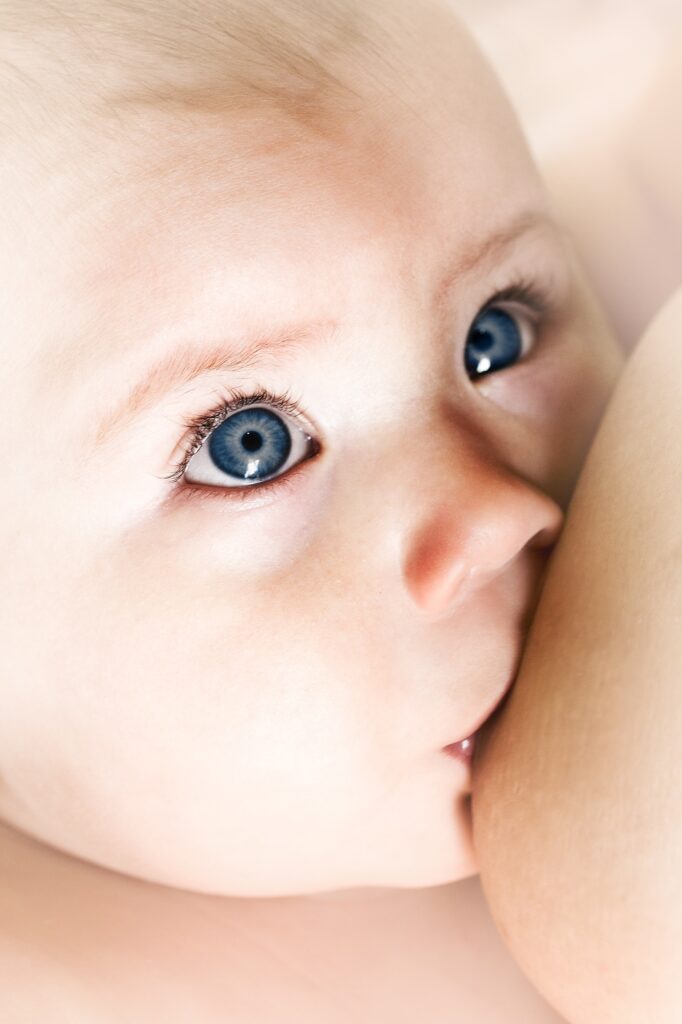
What’s Next?
The research team now intends to improve the printing process to produce future tissue samples quickly and efficiently. Their long-term goal is to fully recreate the complex composition of human milk, including HMOs (human milk oligosaccharides), fats, immune cells, and even the milk’s microbiome, within lab-grown breast tissue.
Achieving this would allow scientists to better understand how breast milk adapts to each baby’s unique needs, and how it protects babies from infections and supports their immune systems. Beyond infant nutrition, this breakthrough could also help researchers investigate other important areas of women’s health, such as fertility and conditions like endometriosis, all without the need for animal testing.
This breakthrough could also help researchers investigate other important areas of women’s health, such as fertility and conditions like endometriosis
Why This Matters to You
Whether you’re a breastfeeding mum navigating your own journey or a lactation professional supporting others, this research represents a major step forward. It reinforces that breast milk is not just nourishment, it’s a window into the complexity and intelligence of the human body, one we’re only beginning to understand.
Reference
Hasenauer A, Bevc K, McCabe MC, Chansoria P, Saviola AJ, Hansen KC, Christman KL, Zenobi-Wong M. Volumetric printed biomimetic scaffolds support in vitro lactation of human milk-derived mammary epithelial cells. Science Advances, 4 June 2025. DOI: external page10.1126/sciadv.adu5793.





